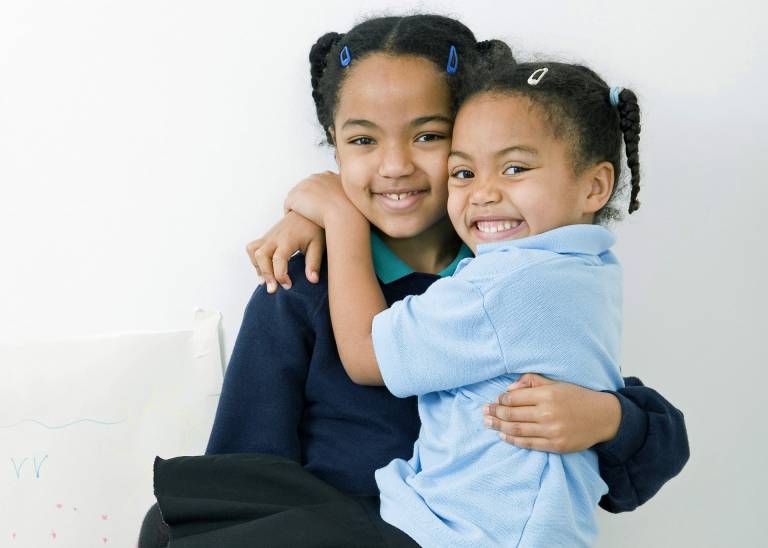“Now students sit down, breath deeply and get ready to Cat Cow” is not the usual last minute advice for pupils preparing for assessments. However, for a growing number of stressed students it is exactly the guidance needed before heading into an examination room, which many fear will shape the rest of their lives. Yoga is not the whim of some stereotypical hippy guru; it has been found to help thousands of students foster resilience to counteract anxiety, stress and mental health issues.
Recent research conducted by the children’s counselling charity, Place2be.org.uk, revealed that almost 90 per-cent of school staff have had to provide more support for pupils with mental health problems in the past two years. Concerns have also been raised by headteachers, who claim that mental health is becoming a “growing problem” affecting around three pupils in every class (The Independent, 20/7/15). Depression among teenagers is also on the increase with the statistics for those aged between 15-16 having doubled since the 1980s, according to youngminds.org.uk.
To combat this growing problem many schools are introducing yoga as a means of improving the mental well being of young people. Recently John Leggott College in Scunthorpe provided free yoga sessions for students and staff to attend during the examination period.
Robin Watkins-Davis, a 16-year-old who has just completed her GCSEs and is about to start sixth form in September said: “I felt unbelievably insecure, angry and stressed when I was younger”; however through yoga and meditation, she feels she has “stronger relationships with family and friends” and feels “fitter physically and also mentally.” Most of all “yoga has meant that when I was doing my GCSEs I could study much more effectively by focusing better; having a healthy, balanced lifestyle and a positive attitude towards learning.”
Robin’s experiences with yoga appear to be echoed by pupils in America. Research conducted by Dr Sat Bhir Kalsa of Harvard University, in more than 900 schools, indicated that there are real benefits to introducing yoga into the curriculum. The study concluded that “[y]oga is significant in improving resilience by reducing stress and enhancing mood and well-being” and what is most important “is that it can induce changes in brain structure and function, which enhance skills such as self-regulation and pro-social behavior, thus leading to improvements in student performance” (‘Implementing Yoga within the School Curriculum: A Scientific Rationale for Improving Social-Emotional Learning & Positive Student Outcomes’. Journal of Children’s Services. 2015)
Educationalists in the UK also recognise the health benefits of yoga and meditation. Sir Anthony Seldon, the out-going Head of Wellington College, who recently spoke at the Teen Yoga Foundation’s first ‘Instill’ Conference on health and well-being in schools, claims that in response to a “ticking time bomb of mental health issues amongst the young…[s]chools should dedicate meaningful time to character-building exercises which can give young people the mental strength they need to cope with the stresses and challenges that come at them from every direction.” Seldon, here is referring to his own ‘happiness’ curriculum at Wellington, which derives from yoga principles and his own daily practice. This is also echoed by the education secretary, Nicky Morgan who suggested that incorporating resilience in educational programmes are as “equally important” to pupils as gaining good exam results (Telegraph, 31/12/14).
In essence, character education could therefore include a more holistic mind-body approach through the teaching of yoga which is defined as having the following key aspects: the practice of poses which has physical benefits, breathing exercises to increase relaxation and mindfulness/meditation to improve focus and regulate emotions. However, what makes yoga different to other forms of exercise is that movements are co-ordinated with the breath. This provides the body’s nervous system with much needed relaxation and is one of the key reasons yoga therapy is recommended as a scientifically measured means of coping with stress. There is a distinct body of current research into the development of the teenage brain to back this up from Professor Sarah-Jayne Blakemore at UCL. Perhaps yoga is exactly what education needs to ’empower young teenagers with a strategy to cope with negative thoughts and stressful life events’ (The Telegraph, 14/2/15).
So how can we as educational practitioners implement yoga in schools and put it into practice? I have found that using yoga in the classroom as brain or stress breaks has a useful application in improving concentration particularly during the intensive revision period. Students need to first recognize the importance of yoga breathing through the nose whilst carrying out the poses. Chair yoga exercises, such as“Cat cow” sees students arching backs,dropping shoulders and head while inhaling and rounding spines, pushing out chests with heads forward when breathing out. More traditional poses, such as “Tree” uses the chair for balance as pupils raise the right foot up against the calf or thigh and once confident place the hands in prayer position. To create a greater sense of calm students can use alternate nostril breathing where they place their thumbs to close their right nostril and inhale deeply through their left. They then close their left nostril with their index finger whilst releasing their thumb and exhaling slowly though the right.
Though yoga has been developed over centuries with ancient traditions, it could well be the answer to many of our teenagers’ modern day problems.





